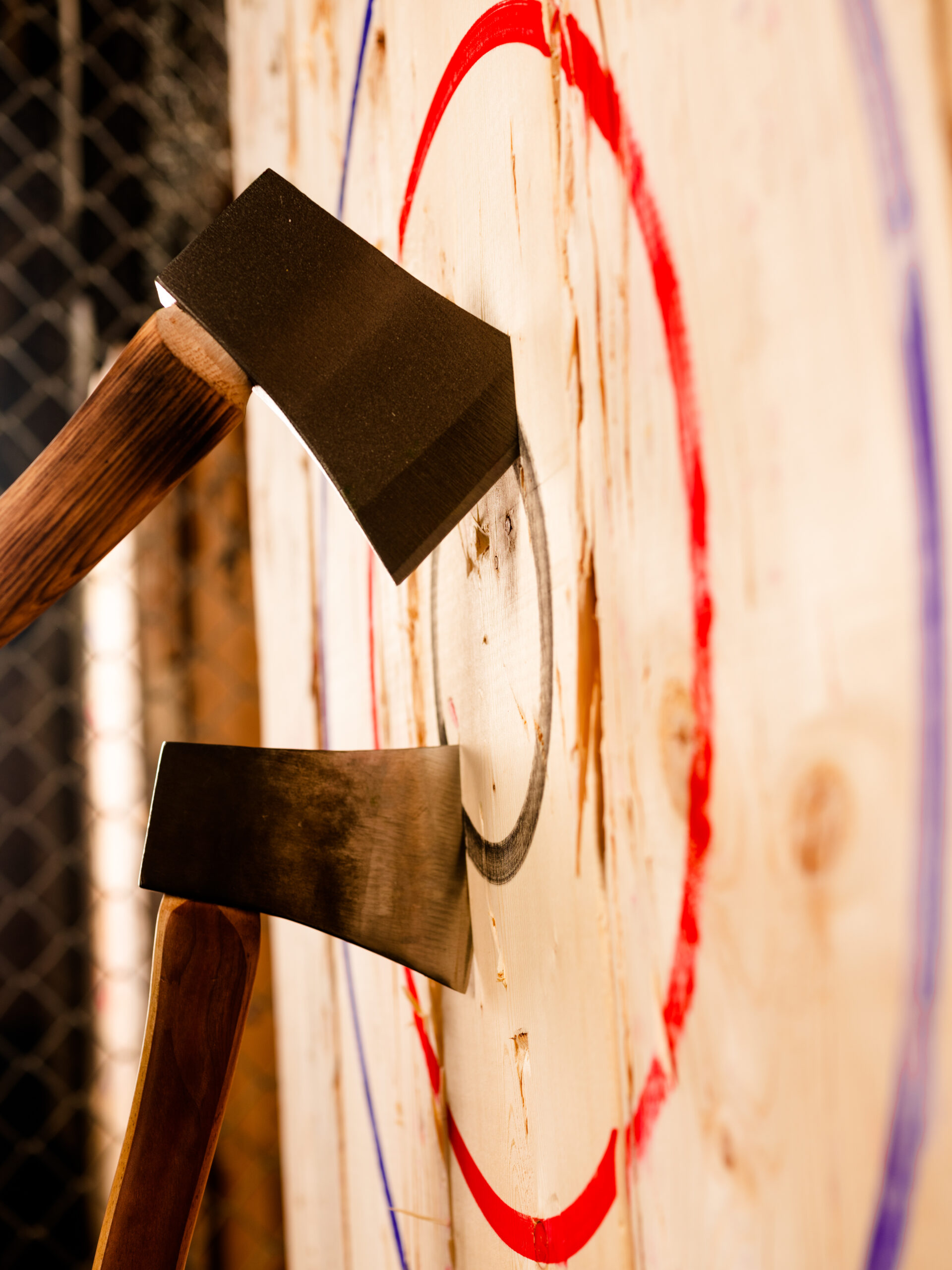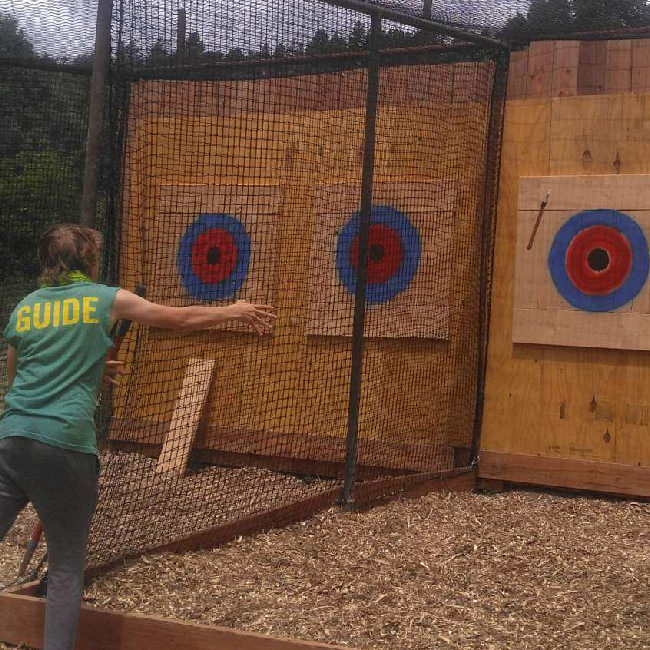The Fun of Axe Throwing: Exactly How This Sport Combines Skill and Adrenaline for a Good Time
Axe throwing has actually arised as a mesmerizing sporting activity that masterfully links the need for accurate ability with the rush of adrenaline, offering individuals a one-of-a-kind and engaging experience. The act of hurling an axe towards a target requires concentration and strategy, simultaneously fostering an environment of sociability and pleasant rivalry.
The Beginnings of Axe Throwing
Axe throwing, a recreational activity that has gained significant popularity over the last few years, traces its origins back to ancient times. This primitive sporting activity days back to early human history, when axes were mostly used as devices and weapons. The earliest records of axe use in competitive contexts are discovered amongst the Celts and Vikings, who tossed axes for sport as well as in battle training. The practice was not simply an activity however an essential ability for survival and war.
Middle ages European warriors, particularly during the Middle Ages, exercised axe tossing as component of their martial training. The Francisca, a type of throwing axe used by the Franks, became legendary for its fatal precision. This standard tool was created to be tossed at adversary shields and armor, showcasing its dual energy in both sporting activity and battle.
In more current history, axe throwing saw a rebirth in the logging camps of North America in the 20th and 19th centuries. Lumberjacks would certainly engage in pleasant competition, examining their precision and stamina by targeting at wooden targets. This advancement from a survival skill to a recreational task has paved the way for its modern rebirth, with committed places and leagues now commemorating the sporting activity worldwide.
Tools You Required
Understanding the abundant history of axe tossing boosts the gratitude of the sport's contemporary version. For competitive and entertainment axe throwing, the most generally utilized kind is the hatchet, normally considering in between 1.25 to 2 pounds with a manage length of around 16 inches.
Similarly essential is the target. Policy targets are constructed from timber, with softwood varieties like yearn or cottonwood being liked for their ability to hold the axe and soak up. The target is normally divided right into 5 concentric circles, each with a specific point value, to assist in scoring.
Security gear, though frequently ignored, is important. Protective handwear covers can enhance grip and protect against blisters, while closed-toed footwear are a must to shield feet from dropped axes (denver axe throwing). Finally, a well-lit, spacious throwing area, total with safety and security barriers, makes sure a controlled environment where individuals can focus on refining their skills.
Fundamental Techniques Discussed
Mastering the basic techniques of axe throwing is important for both safety and efficiency. The very first strategy to comprehend is the grasp. Hold the axe with a company, yet kicked back hold, akin to holding a golf club. The dominant hand should be positioned straight below the axe head, while the non-dominant hand supports the end of the deal with.
Your leading foot needs to be somewhat ahead, straightening with your target. This positioning aids in preserving security and directing power accurately towards the target.

Safety First
Ensuring safety and security in axe throwing is extremely important to creating an injury-free and pleasurable experience. Precaution start with the location format. A properly designed axe tossing center features clear separations in between tossing lanes, strong backgrounds to capture stray axes, and non-slip flooring to avoid mishaps. Additionally, sufficient lighting is essential to assist individuals keep aesthetic precision and spatial recognition.
Advantages of Axe Throwing
Axe tossing offers a myriad of benefits that extend beyond simple recreation. The repeated movement of tossing the axe also improves hand-eye sychronisation and great electric motor abilities.
Psychologically, axe throwing requires emphasis, accuracy, and approach, making it an exceptional method to hone cognitive skills. The focus needed to strike the target can work as a kind of mindfulness, enabling individuals to remove their minds and minimize tension. This mental involvement can be specifically beneficial in assisting individuals develop much better problem-solving abilities and mental durability.
Socially, axe throwing is frequently enjoyed in group settings, fostering team-building and camaraderie. Whether as part of a business event or a casual outing with close friends, the sporting activity urges interaction and collaboration. Furthermore, the common experience of learning and boosting together can strengthen partnerships and produce enduring memories.
Final Thought

The earliest records of axe use in competitive contexts are discovered amongst the Celts and Vikings, who tossed axes for sport as well as in fight training. Launch the axe when your hands are look at this site approximately at eye degree, permitting the axe's all-natural rotation to guide it in the direction of the target.
A well-designed axe tossing facility functions clear demarcations in between tossing lanes, sturdy backdrops to capture roaming axes, and non-slip floor covering to stop mishaps. Individuals have to be advised on the appropriate means to toss the axe and manage, highlighting controlled, intentional motions over powerful tosses.
In summary, axe tossing stands out as a sporting activity that masterfully integrates precision, adrenaline, and skill.